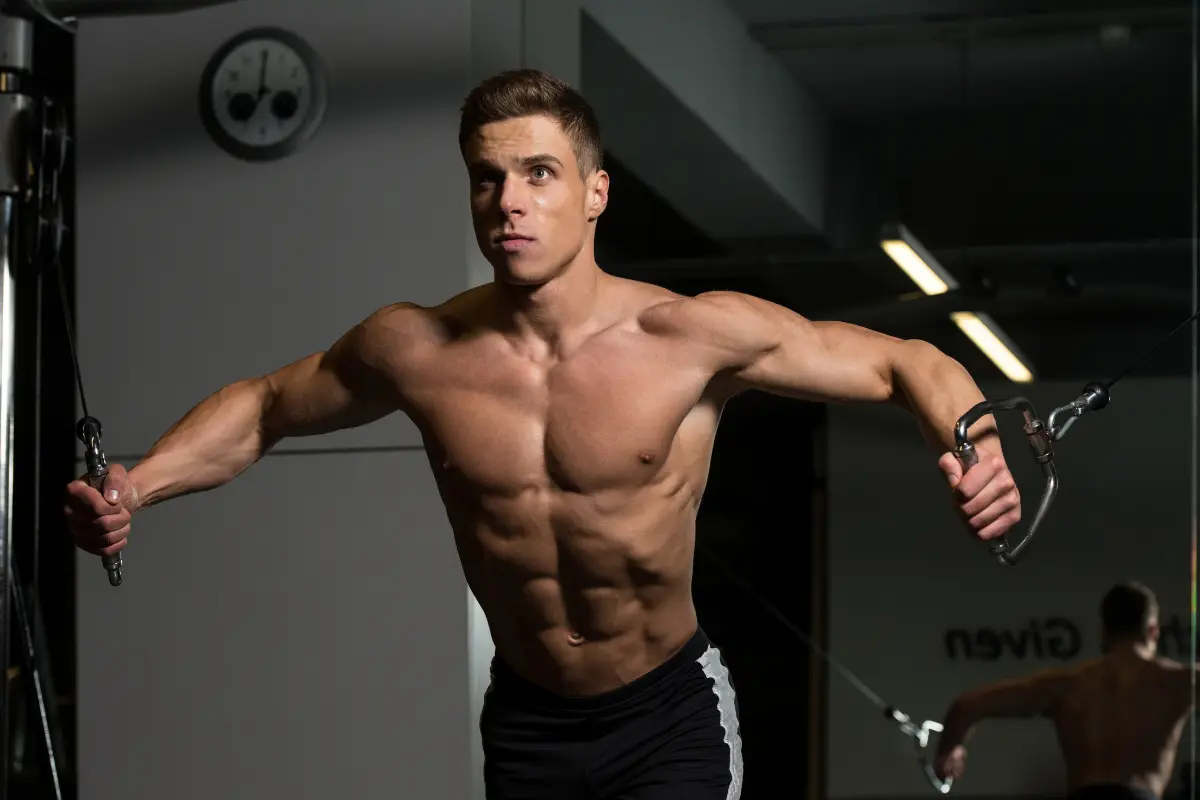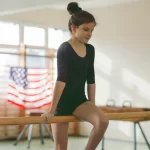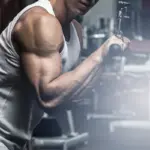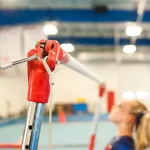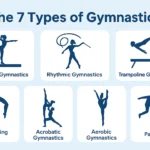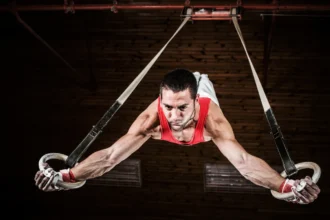If you’re aiming to create a well-defined chest without relying on gym equipment and weights, gymnastics rings might be your ideal solution. This article will guide you through the best exercises for an intense chest workout using gymnastics rings.
Why Choose Gymnastics Rings for Chest Workouts?
A high-intensity chest workout is designed to push your pectoral muscles to their limits, stimulating significant muscle growth and strength gains. This type of workout is ideal for individuals looking to build a strong, muscular chest while also improving overall upper body strength and stability.
Gymnastics rings, in particular, offer a unique advantage due to their instability, which requires greater muscle activation, particularly in the stabilizing muscles of the chest, shoulders, and core. While bodyweight exercises alone can yield impressive results, incorporating rings can take your workout to the next level.
Preparation and Setup
- Joint Preparation and Warm-Up: Before starting any intense workout, ensure your joints are adequately prepared. Perform a thorough warm-up, focusing on mobility exercises for your shoulders, elbows, and wrists.
- Setting Up the Rings: Hang your rings at shoulder width or slightly wider. Ensure the setup is secure and can handle your body weight. Suitable locations include sturdy rafters in a garage, heavy-duty eye bolts in a high ceiling, or even outdoor pull-up bars or monkey bars in a park.
Once you’re ready, let’s explore the best gymnastics ring exercises to target your chest.
1. Ring Dips: The Ultimate Upper Body Push
Ring dips are one of the best upper body pushing exercises, effectively targeting your chest, shoulders, and triceps. What makes the gymnastics ring version of the dip especially challenging is the instability of the rings, which forces your body to stabilize constantly.
How to Perform Ring Dips:
Start by supporting yourself on the rings with your arms straight and turned out, ensuring your shoulders are in a stable position. Lower yourself as deeply as possible, aiming to stretch your chest at the bottom of the movement. Keep your shoulders depressed—avoid letting them shrug up, as this could lead to injury.
To properly target the chest, lean forward slightly as you descend. Push yourself back up to the starting position, focusing on contracting your chest at the top of the movement. As you progress, you can add weight or try Bulgarian dips, which involve pushing your hands and elbows further from your body for an increased range of motion.
Reps & Sets:
- For beginners, aim for 6-15 reps, adjusting based on your level.
- Perform 3-4 sets for a full workout.
2. Elevated Leg Push-Ups: Targeting the Upper Chest
While the ring dips primarily target the lower part of your chest, the elevated leg push-up is perfect for working the upper chest and targeting the pectoralis minor. This exercise mimics the incline bench press with dumbbells but using only your body weight on the gymnastics rings.
How to Perform Elevated Leg Push-Ups:
Set the rings at a height where your head will have enough room to descend comfortably. Use a chair or bench for your legs, creating an angle of about 45 degrees. Begin by getting into a straight arm support position, with a tight core and a posterior pelvic tilt.
As you lower your body, focus on squeezing your chest at the bottom of the movement. Aim for a full range of motion, ensuring your scapulas are adducted as you descend. Push back up, maintaining control, and keep focusing on the chest contraction.
For an extra challenge, add weight to increase the intensity.
Reps & Sets:
- Aim for 10-15 reps per set.
- Perform 3-4 sets for maximum effect.
3. Ring Flies: The Chest Stretch and Contraction
Ring flies are a great way to target your chest muscles, with the option to perform them with either straight arms or bent arms. Straight arm ring flies are more advanced and will help improve your straight arm strength, but they can be quite demanding on the shoulders and tendons.
For those aiming to maximize chest hypertrophy, the bent arm version is more beneficial, as it allows for a deeper stretch and better chest activation.
How to Perform Ring Flies:
Start in a straight arm support position with your rings set at a comfortable height. Maintain a tight core, and from here, begin lowering your body while keeping your arms bent. The goal is to get your elbows below the level of your body and feel a deep stretch in your chest. Push yourself back up, focusing on the chest contraction.
If you’re a beginner, start with the rings at a higher angle (around 45 degrees) to reduce the intensity. As you become more advanced, you can progressively lower your body angle to increase the challenge.
Reps & Sets:
- Start with 6-15 reps per set, depending on your strength level.
- Perform 3-4 sets for each session.
Structuring Your Workout:
For a complete chest workout, do these exercises in this order:
- Ring Dips – 6-15 reps, 3-4 sets
- Elevated Leg Push-Ups – 10-15 reps, 3-4 sets
- Ring Flies – 6-15 reps, 3-4 sets
This sequence works well, considering the varying intensity of each exercise. The dips hit the chest hard, the elevated push-ups target the upper chest, and the flies give you that final chest stretch and contraction to really stimulate muscle growth.
Advanced Tips:
As you progress in your training, there are several ways to up the ante:
- Add extra weight to increase resistance.
- Try Bulgarian dips for a deeper range of motion and greater challenge.
- Play with the angle of the rings during ring flies to target different parts of your chest.
These advanced techniques will help you continue making gains, no matter your experience level.
In conclusion, training with gymnastics rings is an incredibly effective way to build a strong, defined chest. The unique instability of the rings forces your muscles to work harder, engaging more muscle fibers and making your workout more comprehensive and efficient.
The exercises we’ve covered not only focus on developing your chest but also improve overall upper body strength and stability, helping you build a well-rounded, powerful physique.
